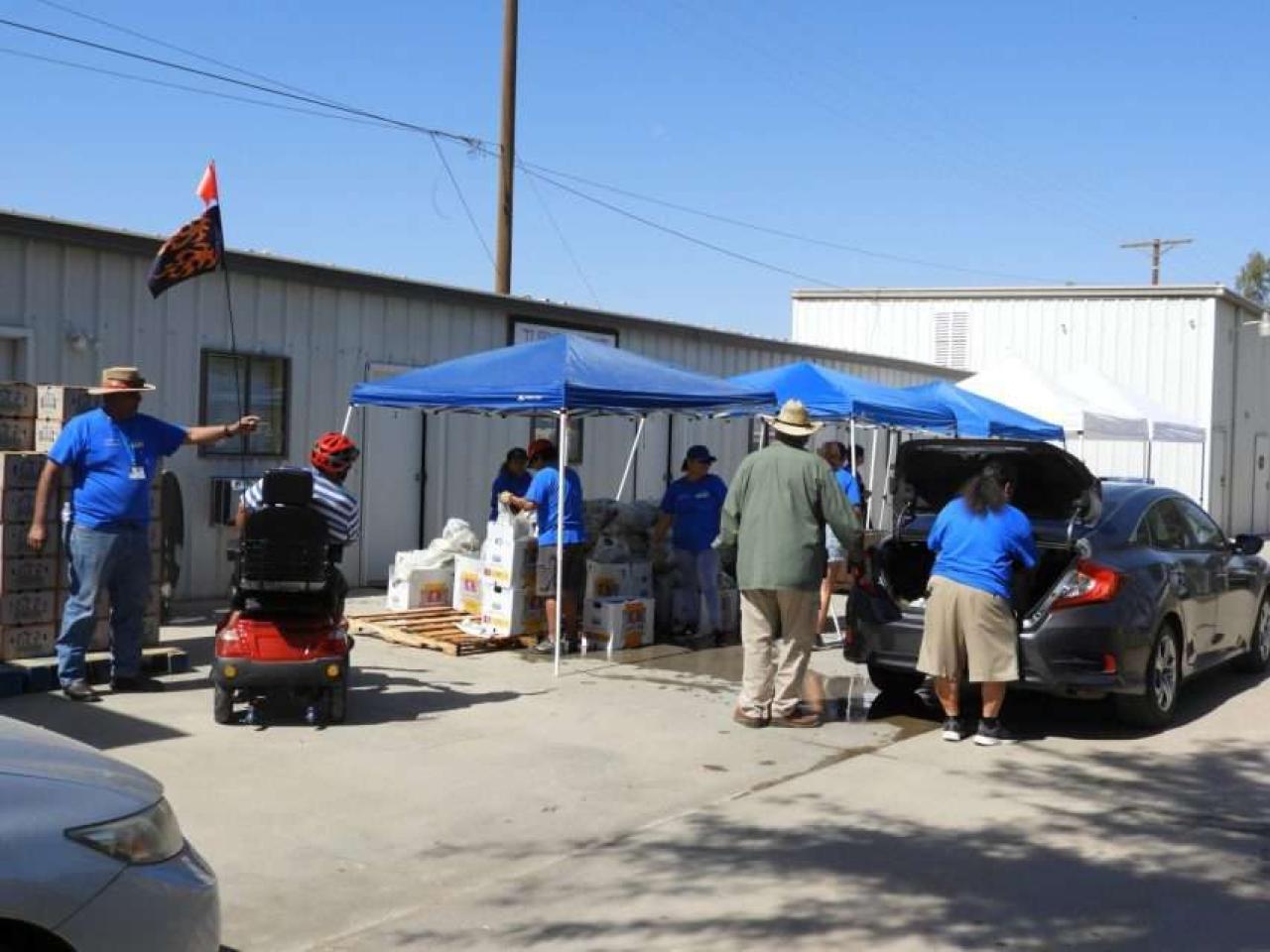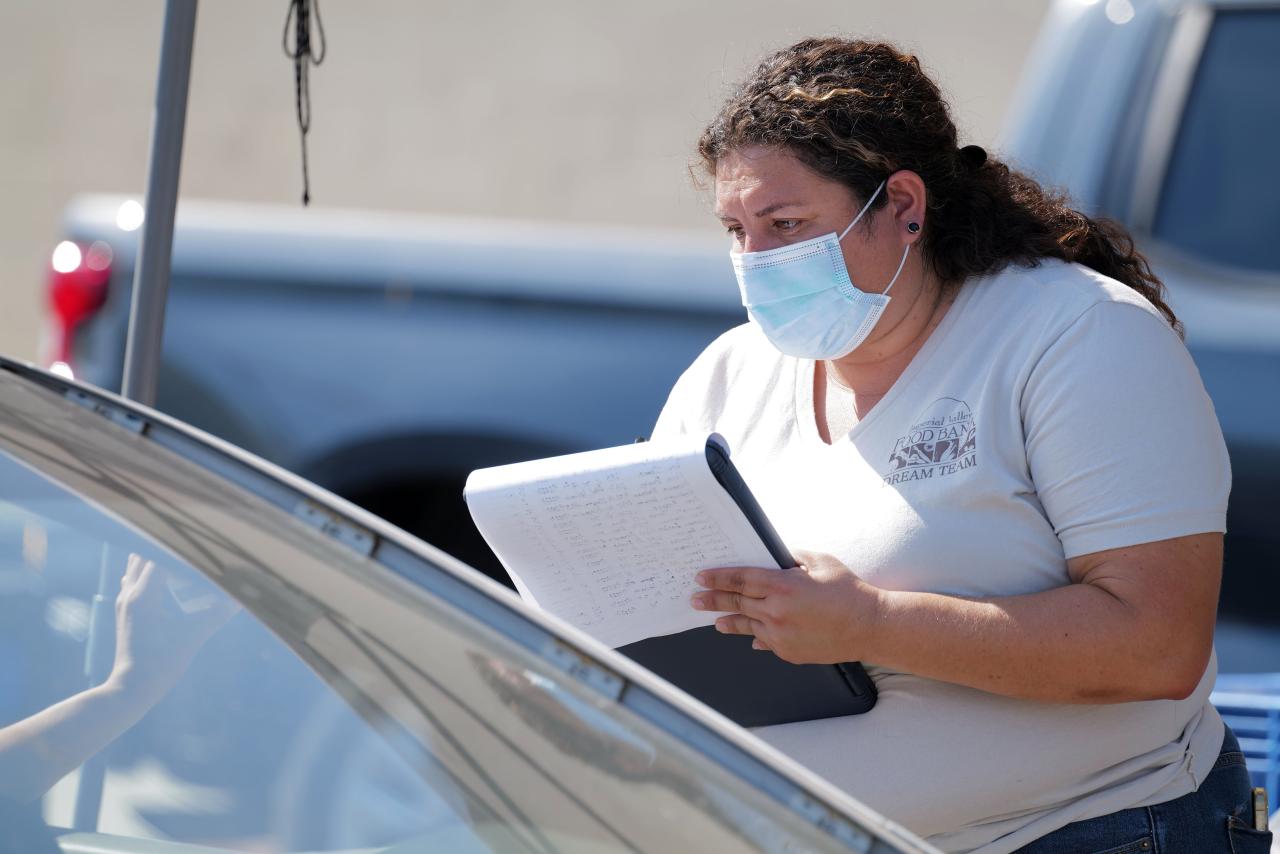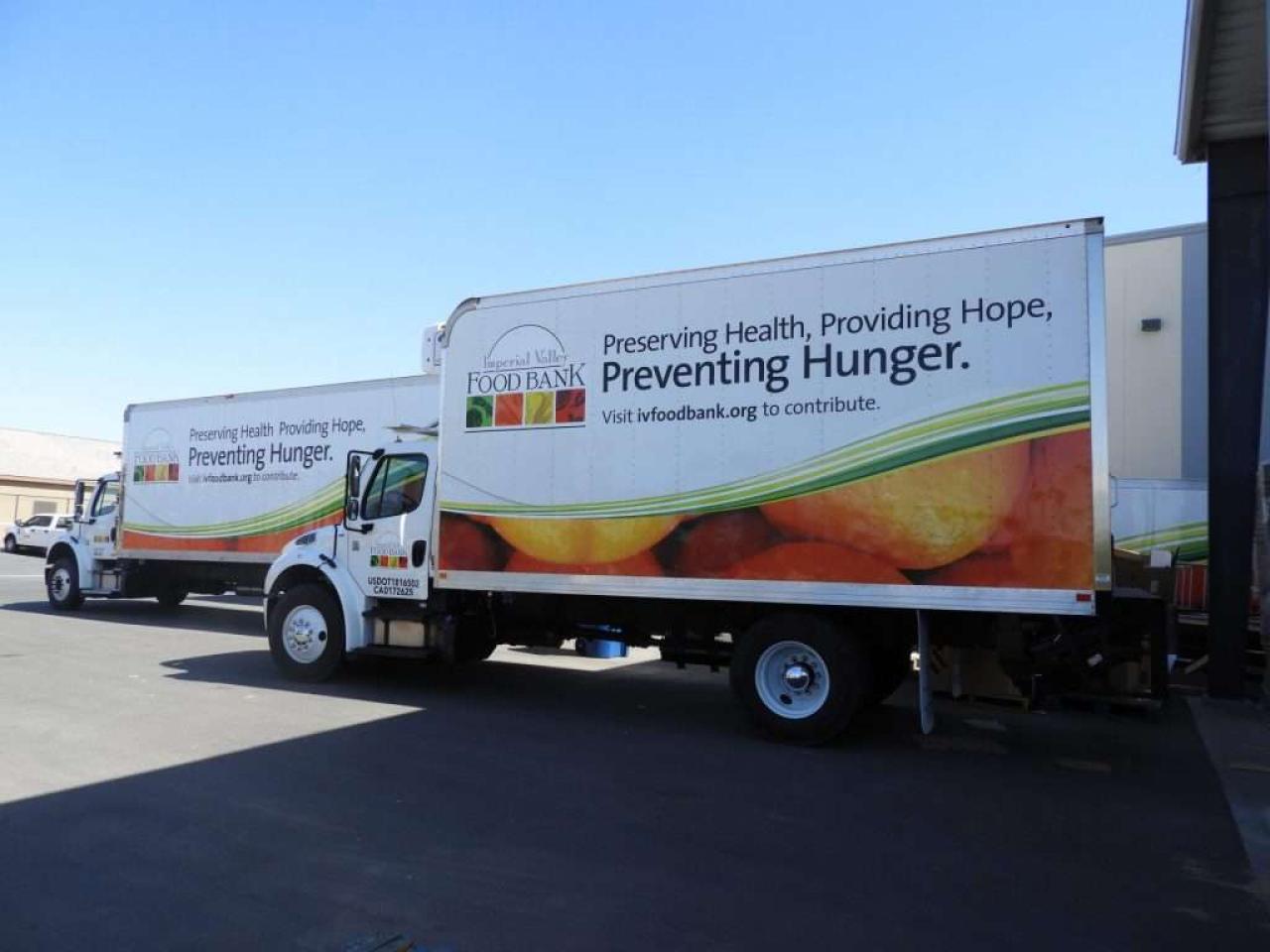Food Bank Now Struggles in Face of New Challenges
This article was originally published by the Calexico Chronicle on July 2, 2022 and can be read here.
IMPERIAL — After rising above the challenges of the pandemic, Sara Griffen said the Imperial Valley Food Bank is now facing a brand new set of challenges to ending hunger in Imperial County: inflation.
With inflation rates at 8.6 percent, the highest it’s been since 1981, according to U.S. Bureau of Labor Statistics, the price of goods in almost every market, including food, have been rising.
For the Food Bank, these rising costs are devastating, not only reducing the amounts of food that the Food Bank can afford to purchase but also removing key low-cost food supplied by the United States Department of Agriculture.
“The USDA purchases food and sells it to us at a low cost, then reimburses us for $0.35 on the dollar … but with farmers getting higher bids they aren’t selling to the USDA, so we are seeing a lot of cancelled orders,” said Griffen, executive director of the Food Bank, in an interview on June 22.
To make matters worse, much of the Food Bank’s reserve funds were spent to continue operations during the pandemic, a time period where the Food Bank saw a sharp increase in demand for its services.
“We certainly went into our coffers in order to deliver services to community during the pandemic, and we are continuing to do that now that gas prices are higher and food is more expensive,” Griffen said.
She was able to secure COVID relief monies that covered the cost of the food itself, which totaled $945,276 in 2020 and $416,793 in 2021, but all other expenses were covered directly by the Food Bank.

This comes has the Food Bank saw exponential numbers and massive need in the community during the height of the pandemic in both 2020 and 2021. The Food Bank stepped up to meet that need and serve the hungry that in many cases were dealing with job losses and other factors.
But the Food Bank was also dealing with its own need. Over the course of the pandemic, the Food Bank saw an increase in the cost of salaries by $212,016 in 2020 and $167,350 in 2021. They also struggled with an additional $54,442 increase in transportation and $56,402 in operations during 2021.
In total, the Food Bank spent $642,718 above its normal operating budget throughout the pandemic, which Griffen said is supposed to be covered by the $35,198,890 Imperial County received through the American Rescue Plan Act.
To date, Griffen said that the Food Bank has only received around $100,000 from those ARPA funds, though that amount is now a drop in the bucket when it comes to feeding the 5,000 families the Food Bank serves.
“A truckload of chicken noodle soup is $41,580, and that soup lasts about two and a half months. A truckload of pork is $79,940 and will only last a month and a half … We are in scary territory here,” Griffen said.
Surviving the Pandemic
When Griffen opened the doors to the Food Bank’s new headquarters in Imperial, some members of the community questioned the necessity of such a large facility, but it was this facility that gave the Food Bank the ability to overcome the pandemic.
The Food Bank opened the doors of its 28,000-square-foot building in October 2019, about six months before the pandemic began.
In a group interview with Ariana Ochoa, the Food Bank’s direct service manager, on May 18, Griffen said she received a lot of push back over the size of the facility, claiming it was too large of a building for Imperial County.

Griffen has been able to prove wrong the naysayers, as the Food Bank rose above the challenges of the pandemic to serve more than 8 million pounds of food in 2020, earning the Food Bank the title of 2021 California Nonprofit of the Year for the 40th state Senatorial District.
“This building has been a blessing, it truly has … we would have not been able to do what we did during the pandemic in our old facility,” Griffen said.
In the years approaching the pandemic, the amount of food distributed to the community had remained fairly stable, with 2016 seeing 4,134,374 pounds of food distributed per calendar year, 4,383,336 pounds in 2017, and 4,018,887 pounds in 2018. There was a small increase in 2019, which raised the amount of food distributed to 5,580,912 pounds.
Yet 2020 saw the beginning of the pandemic and a more than 3-million-pound increase of food distributed as compared to 2019, with the Food Bank distributing 8,627,246 pounds in total that year.
A reduction in pounds of food distributed came in 2021 compared to 2020, but the level remained well above the pre-pandemic numbers at 6,345,968 pounds.
Griffen explained that the new building increased the amount of food that could be stored, moving from 1,440 square feet of cold storage to 5,000 square feet and the rack space for food pallets increasing from 320 pallets to more than 700 pallets. The design of the building also made loading and transporting the food much less labor intensive.
“Our freezers were outside and made from converted trucks before, and first in and first out is a problem when you only have one door … We are now able to move the food without the hardship we had before,” Griffen said.
One of the other biggest key factors to the success of the Food Bank through the pandemic has been the ability to social distance, and to provide a space for the children of employees who were unable to find childcare during the pandemic.
Individual office spaces were in short supply in the Food Bank’s old facility, which was located near the Imperial County Sheriff’s Department, and would have made social distancing impossible. The new building, however, has multiple offices so Food Bank staff, who were considered essential workers, were able to continue to work safely and social distance.
A few of the empty offices were converted into spaces where staff could bring their children during the pandemic school closures, to avoid losing staff who were struggling with childcare.
“In many, many ways staff were supported by the Food Bank … it was hard, but we were able to handle our situations and continue working,” direct service manager Ochoa said.

The final piece that made the Food Bank so successful was the ability to secure a large semi-truck to transport the food.
Both Ochoa and Griffen spoke to the challenges of delivering the food to the distribution centers, especially after many of the independent distributors, or distributors who receive food from the Food Bank and hand it out themselves, collapsed under the weight of pandemic.
As both demand for food and the need for the Food Bank to take over distribution increased, the Food Bank’s previous delivery vehicle simply could not effectively handle the weight of carrying the food that was necessary to meet the demands of Imperial County.
The Food Bank struggled with this issue until they were able to secure some state infrastructure funding, which they then used to purchase a large semi-truck to use for a food delivery truck.
“When we were at the old facility, I could not even in my brain, imagine we would ever have enough food for assembly, and now we use it all the time,” Griffen said.